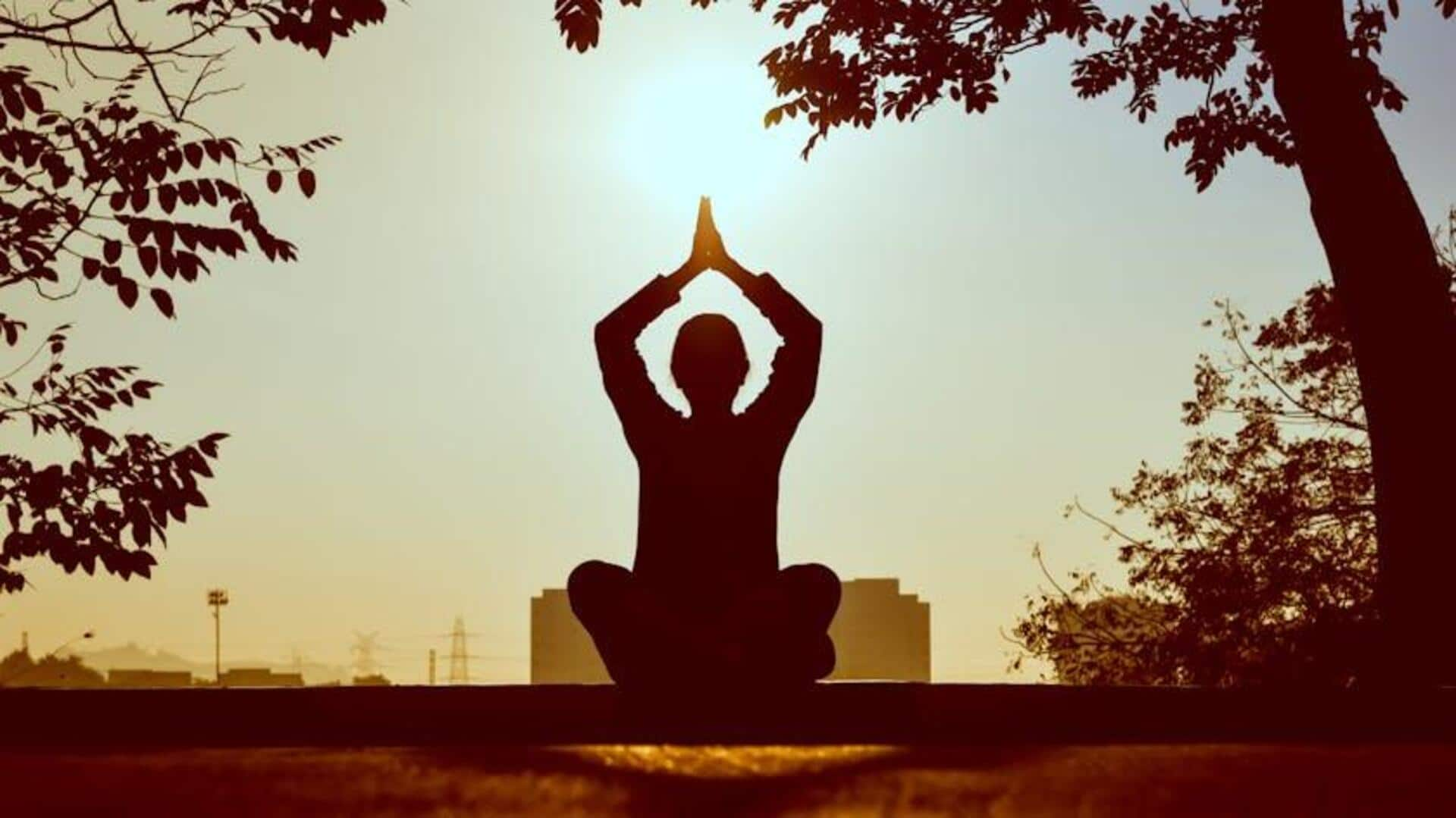
5 yoga myths you should stop believing
What's the story
Yoga is often surrounded by so many myths, that they can deter anyone from experiencing its full health benefits. Understanding the truth behind these misconceptions can help you make an informed decision about incorporating yoga into your wellness routine. From dispelling common misunderstandings to giving insights into how yoga can be a valuable tool for enhancing physical and mental well-being, here's the deal.
Myth 1
Flexibility is not a prerequisite
A common myth that keeps people from practicing yoga is that one needs to be flexible for it. In reality, yoga improves flexibility with time, making it accessible for all irrespective of their current physical condition. Beginners are encouraged to start at their own pace, gradually pushing their limit as they get comfortable with the poses.
Myth 2
Yoga is only for relaxation
Contrary to popular belief, yoga isn't just about relaxation. It includes a number of practices that give you the mental calm you seek, along with an intense workout. It caters to varying fitness goals through its multitude of styles- the soft stretches of restorative yoga to the dynamically intense sequences of power yoga classes. This makes it ideal for any fitness levels, building muscle and endurance.
Myth 3
Age restrictions do not apply
A common myth says yoga is best for the young (which is anything but true). Yoga is mindful, with modifications and props making poses accessible and useful for everyone. It especially helps improve balance, joints' health and overall well-being for older adults. These adaptations make sure yoga is a safe and effective practice for any age-group, successfully debunking the age-related misconception.
Myth 4
Weight loss through yoga alone
Some think that just practicing yoga will get them to lose a lot of weight. While that is true to an extent (it makes you more fit by toning your muscles and reducing stress), pairing it with a balanced diet and other exercises will help you manage your weight better.
Myth 5
Meditation equals yoga practice
Many assume meditation is synonymous to practicing yoga, but it is only one part of the broader discipline of Ashtanga or eight-limbed path. This includes ethical guidelines (Yamas), personal observances (Niyamas), postures (Asanas), breath control (Pranayama), sensory withdrawal (Pratyahara), concentration (Dharana), meditation itself (Dhyana), and ultimately reaching enlightenment (Samadhi).